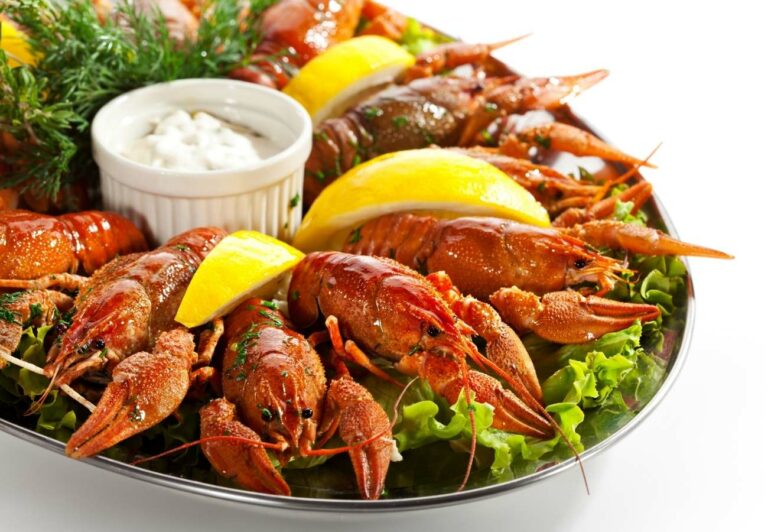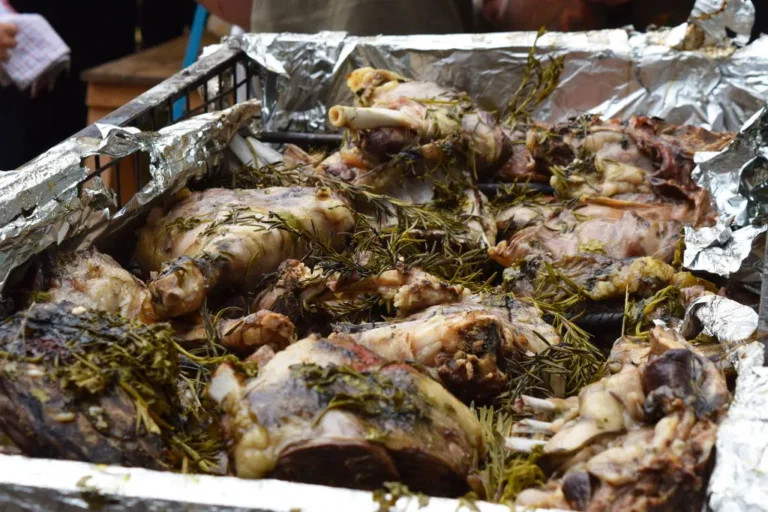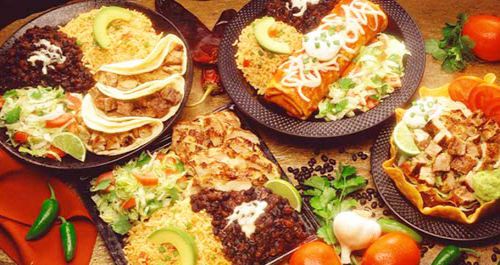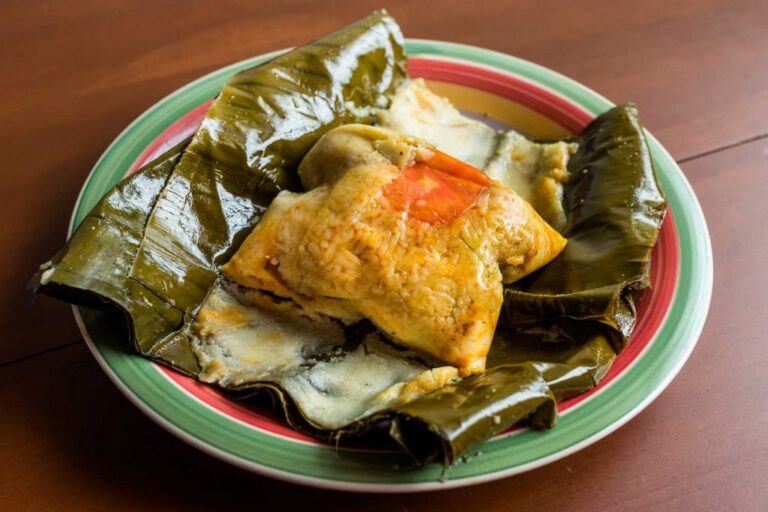Introduction: Discovering Nauruan cuisine
Nauru is a small island nation located in the Pacific Ocean, with a population of just over 10,000 people. The cuisine of Nauru is largely influenced by its geographical location and the availability of ingredients. Despite its size, Nauruan cuisine has a unique identity, blending traditional Pacific Islander ingredients with European and Asian flavors.
Overview of Nauruan cuisine
Nauruan cuisine is primarily centered around seafood, including fish, shrimp, and crab. Coconut milk is also a staple ingredient in many dishes, giving them a creamy and rich flavor. Additionally, taro, cassava, breadfruit, and sweet potatoes are widely used in Nauruan cuisine, as well as rice and noodles.
Due to its cultural history, Nauruan cuisine has also been influenced by European, Chinese, and Australian cuisine. Dishes such as curries, stir-fries, and grilled meats have become popular in recent years, alongside traditional dishes such as coconut crab and fish soup.
Ingredients commonly used
Seafood is the star of Nauruan cuisine, with fish being the most commonly consumed protein. Coconut milk and taro are also widely used, giving dishes a unique Pacific Islander flavor. Additionally, breadfruit, cassava, and sweet potatoes are staples in many dishes, providing a hearty and filling base.
Nauruan cuisine also incorporates a variety of greens such as spinach and cabbage, as well as tropical fruits like papaya and mango. Spices such as turmeric, ginger, and chili are also used to add flavor and heat to dishes.
Uniqueness of Nauruan cuisine
Nauruan cuisine stands out for its blend of traditional Pacific Islander ingredients with European and Asian flavors. The use of coconut milk in many dishes gives them a distinct flavor, as does the combination of seafood with root vegetables like taro and cassava.
Another unique aspect of Nauruan cuisine is the importance placed on community and sharing food. Many dishes are cooked in large quantities and shared among family and friends, emphasizing the importance of communal eating.
Lesser-known ingredients used
While seafood and coconut milk are the most ubiquitous ingredients in Nauruan cuisine, the island nation also incorporates lesser-known ingredients into their dishes. One such ingredient is pandan, a tropical plant that is used to add a fragrant, vanilla-like flavor to dishes. Additionally, breadfruit, a starchy fruit, is used in dishes like breadfruit chips and soup.
Conclusion: A taste of Nauruan culture
Nauruan cuisine may not be as well-known as other Pacific Islander cuisines, but it certainly has a unique and distinct flavor profile. The use of seafood and coconut milk, combined with root vegetables and tropical fruits, creates dishes that are both hearty and flavorful. The emphasis on communal eating also reflects the importance of community in Nauruan culture. For those looking to expand their culinary horizons, Nauruan cuisine certainly offers a delicious and unique taste of the Pacific.










